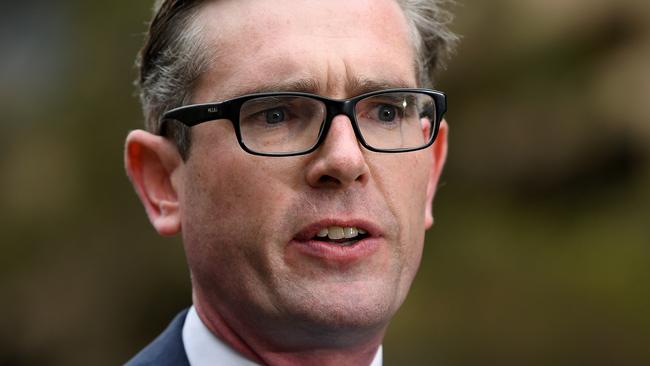Inquiry uncovers widespread fee rorting by property developers
Developers are undervaluing projects to avoid paying millions of dollars in levies and contributions.

An investigation commissioned by the NSW government has uncovered widespread rorting in the building and construction sector, with developers undervaluing projects to avoid paying millions of dollars in levies and contributions.
The independent inquiry found the government was losing $20m-$30m a year because of a deliberate undervaluing of high-rise apartment blocks prior to construction, and a lack of compliance to recover the lost funds.
The missing revenue would be useful to a government facing rising levels of debt as it funds major infrastructure projects. Treasurer Dominic Perrottet was recently forced to search for savings to pay for repairs to fire-damaged community infrastracture, such as roads, schools and hospitals.
The investigation was ordered by the Long Service Corporation, a unit of the NSW government that administers long-service leave payments to about 500,000 workers in the building, construction and contract cleaning industries. The payments are funded through a mandatory levy of 0.35 per cent on all construction that costs at least $25,000.
An initial dip test of construction projects identified 32 suspect developments and $300,856 in lost revenue to the corporation, as well as untold amounts of money owed to local councils and GST payments to the Tax Office.
These were buildings where valuations were found to be far higher than what was nominated on development applications prior to construction.
One building in Blacktown, in western Sydney, was said to have been valued at $17.4m when its true worth was $23.7m, amounting to $22,260 in lost levy payments. Another in Bankstown, in the southwest, was valued at $37.6m instead of $41.4m, bringing a loss of $13,175.
When the investigation went wider with its inquiry, it found hundreds of undervaluations across more than a dozen council regions. Development applications often contained valuations up to 70 per cent lower than the completed value of projects.
In some cases this was caused by developers increasing the height of buildings by several storeys without council approvals, and often without subsequent penalty. In others, the lowballing of building values was strongly suspected to have been deliberate.
The Australian understands the missing funds have not been recovered by the LSC because of a lack of personnel with experience in construction industry matters in the organisation. Deficiencies in the LSC’s governing legislation have also been identified.
In some cases, attempted recoveries encountered clear cases of fraud. One developer being pursued supplied a false address to the LSC. He claimed to reside in unit 22 of a building he’d erected, but the building contained only 21 units. Subsequent attempts to locate the man were unsuccessful.
Another developer listed a tax accountant’s office in southwestern Sydney as a home address. When the investigation tried to find him, it was discovered he actually lived in China.
Not all undervaluations were done deliberately; the investigation found some local councils had simply neglected to conduct due diligence, taking the developers’ sums on good faith.
In a statement, the LSC said it had recovered $1.9m in outstanding levies during 2018-19; none of that money was sourced from undervalued projects.




To join the conversation, please log in. Don't have an account? Register
Join the conversation, you are commenting as Logout